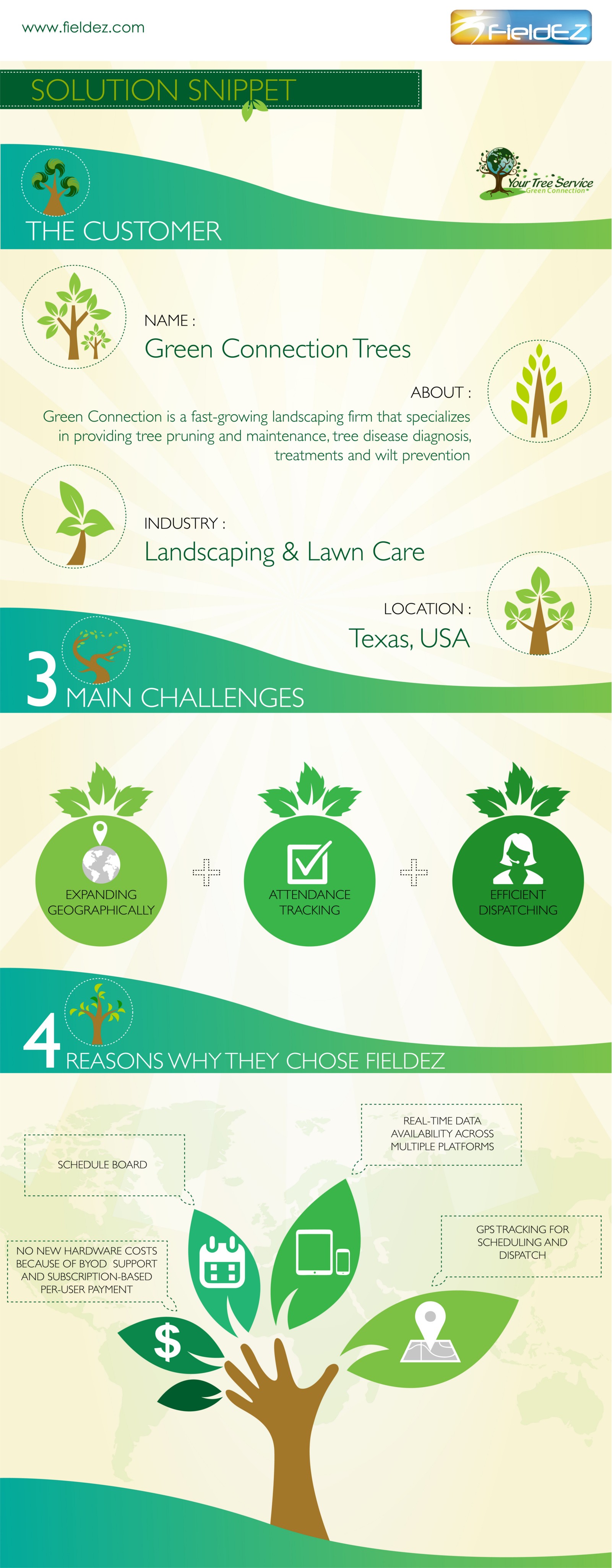Signs Showing The Requirement For Tree Removal: Determining Risky Trees
Signs Showing The Requirement For Tree Removal: Determining Risky Trees
Blog Article
Article Composed By-Winther Malling
When it concerns tree treatment, recognizing the indicators that it's time for removal is important for your security and building. You may discover blemished leaves, wilting branches, or odd fungal developments suggesting health issue. How To Trim A Large Ficus Tree , like a significant lean or fractures in the trunk, can also posture threats. Comprehending these warning signs can help you make notified choices regarding your trees and protect against prospective dangers lurking in your backyard. What should you look for following?
Indicators of Decay and Illness
When you observe indications of degeneration and condition in your trees, it's important to act promptly. Look for tarnished fallen leaves, wilting branches, or unusual growths like fungus. These can suggest that your tree is struggling.
If you see splits in the bark or soft, mushy wood, these signs and symptoms suggest inner decay. In addition, a sudden increase in insects around your tree can indicate that it's weakened and prone.
Check for any type of dead or dying arm or legs, as they present a danger to your residential or commercial property and security. If you're uncertain about what you see, seeking advice from an arborist can provide clearness.
Addressing these indicators early can save you from much more extensive damage and make sure the health of your yard. Don't wait till it's too late.
Structural Instability and Leaning
As you observe your trees, keep an eye out for any indicators of structural instability or leaning. If a tree leans significantly, it might show that the origin system is jeopardized.
Search for any fractures in the trunk or soil around the base; these can indicate prospective failure. Additionally, check for unusual growth patterns, like an uneven crown, which might recommend that the tree is having a hard time to hold itself upright.
If you discover that the tree leans toward your home, high-voltage line, or other structures, it poses a higher threat. Do not disregard Dead Tree Removal Near Me -- consult an arborist to examine the circumstance.
Taking action early can protect against expensive damages and guarantee your security.
Dead or Dying Branches and Vegetation
If you notice dead or dying branches and vegetation on your tree, it's a clear indicator that something's wrong.
These unhealthy locations can indicate underlying concerns like disease, bug infestations, or environmental anxiety. When branches lose their fallen leaves or turn brownish, they're no longer adding to the tree's health. Ignoring these indicators can result in additional decline, making your tree extra hazardous.
Dead branches can easily break off during storms, posing a risk to residential or commercial property and people nearby. It's critical to analyze the extent of the damages.
If the trouble influences a substantial part of the tree, consider consulting a specialist. They can assist establish if removal is necessary to guarantee safety and security and maintain the elegance of your landscape.
Verdict
If you discover any indications of degeneration, structural instability, or dead branches on your trees, do not ignore them. These indicators can posture significant security threats to you and your property. It's constantly best to speak with a specialist arborist that can provide a professional analysis of your trees. Acting early can avoid accidents and pricey damage, guaranteeing your landscape continues to be risk-free and healthy and balanced. Bear in mind, it's far better to be aggressive regarding tree treatment than to wait on a disaster to occur.
